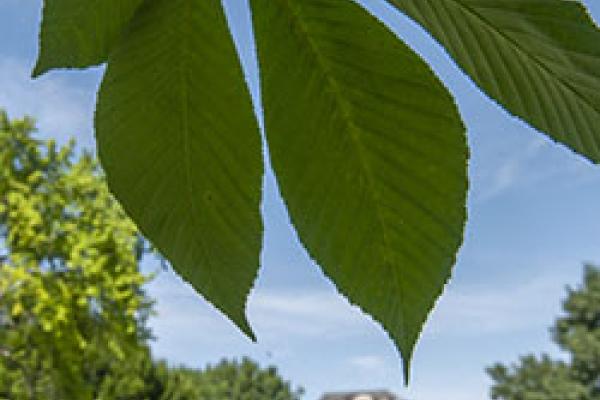
Environmental Science 7899 – Issues in Environmental Sciences
Watch the live seminar remotely via CarmenConnect
Seminar Chair: Gil Bohrer, bohrer.17@osu.edu
Seminar Coordinators: Michelle Smith, straley.23@osu.edu; Yanting Guo, zhao.1093@osu.edu
Course Requirements
This course is graded S/U. Satisfactory participation in this course includes all of the following:
- Attentive and active participation in lectures and discussion.
- Attendance at all classes, with one excused absence. If you must miss more than one class, see Dr. Bohrer.
- Advance reading for any seminars for which it is required
Greenhouse Gas Production and Emission from Created Freshwater Wetlands
By Kay Stefanik, The Ohio State University, School of Environment and Natural Resources
Wetlands account for the largest natural source of methane to the atmosphere. While methane is a potent greenhouse gas with a warming potential of 28, this does not mean wetlands will inevitably have a negative impact on global climate change. The amount of carbon dioxide uptake through photosynthetic activity and the release of carbon dioxide through respiration are key components of a wetlands gaseous carbon budget and help determine if a wetland ecosystem is acting as a sink or source of greenhouse gases. The purpose of the study is to determine the rate of methane and carbon dioxide production and flux from wetland microsites and to combine the data with ecosystem level eddy covariance tower measurements to create a carbon based greenhouse gas budget for the two created experimental wetlands at the Wilma H. Schiermeier Olentangy River Wetland Research Park. Pore water samples were collected along a depth profile from 0 to 50 cm at 2.5 cm intervals in the wetland soil using a pore water dialysis membrane sampler on a monthly basis from samplers located in open water, Typha spp., and transitional zones. Dissolved methane and carbon dioxide in the pore water were extracted through displacement with nitrogen gas to estimate production rates within the soil. Non-steady state closed chambers were used to collect emissions data from the open water and transitional zones on a monthly basis. Methane production was highest for all zones during the month of July, while highest methane emissions varied by zone and occurred in either June or July. Data from the pore water dialysis membrane samplers and non-steady state closed chambers will be combine with ecosystem level atmospheric data collected with an eddy covariance tower to model the gaseous carbon budget of the wetlands.
